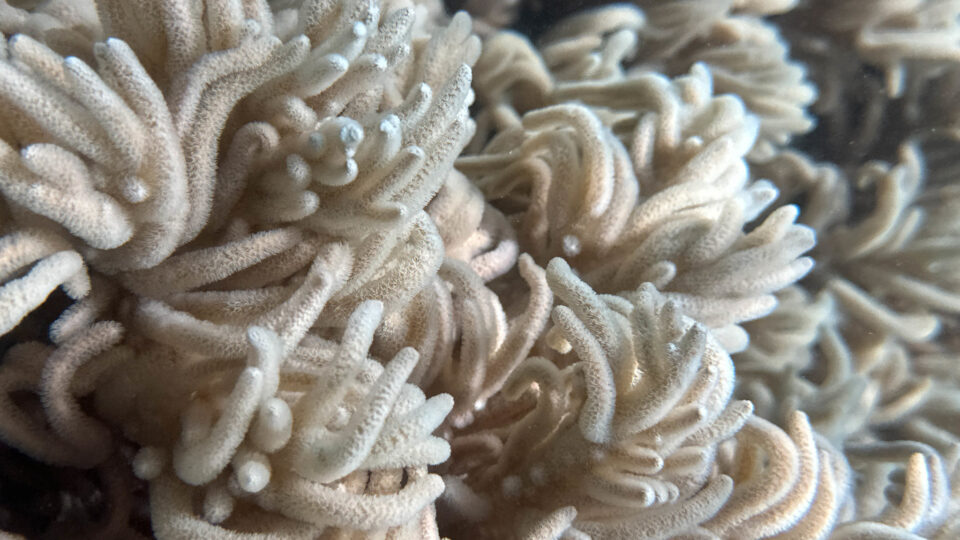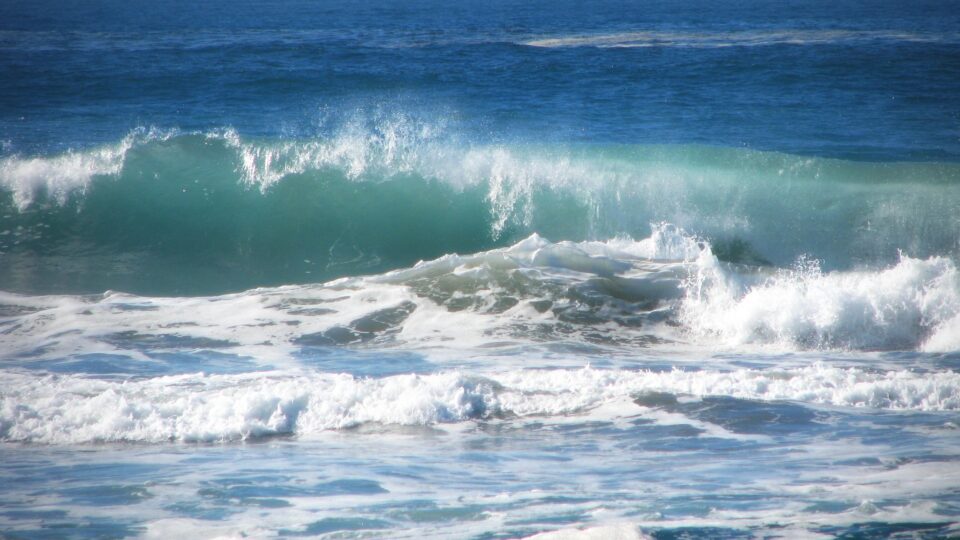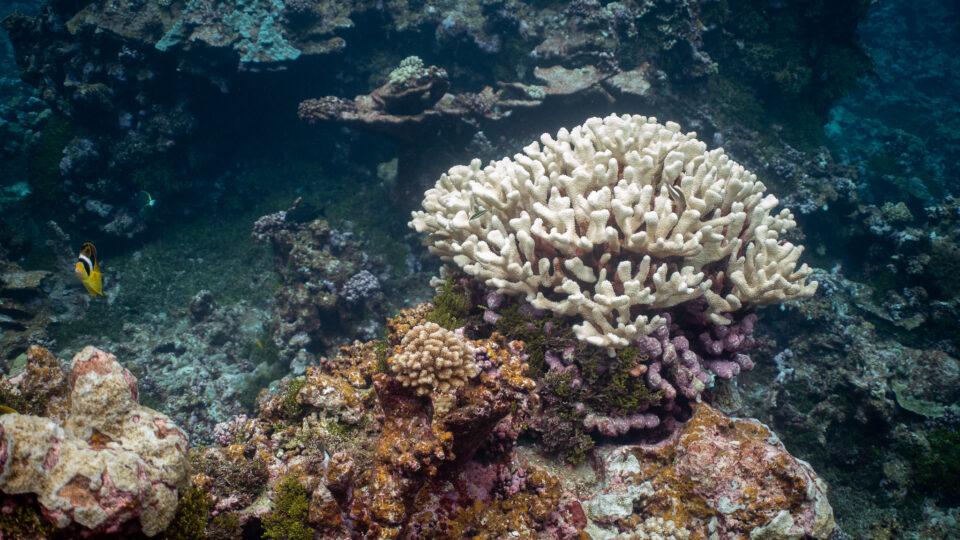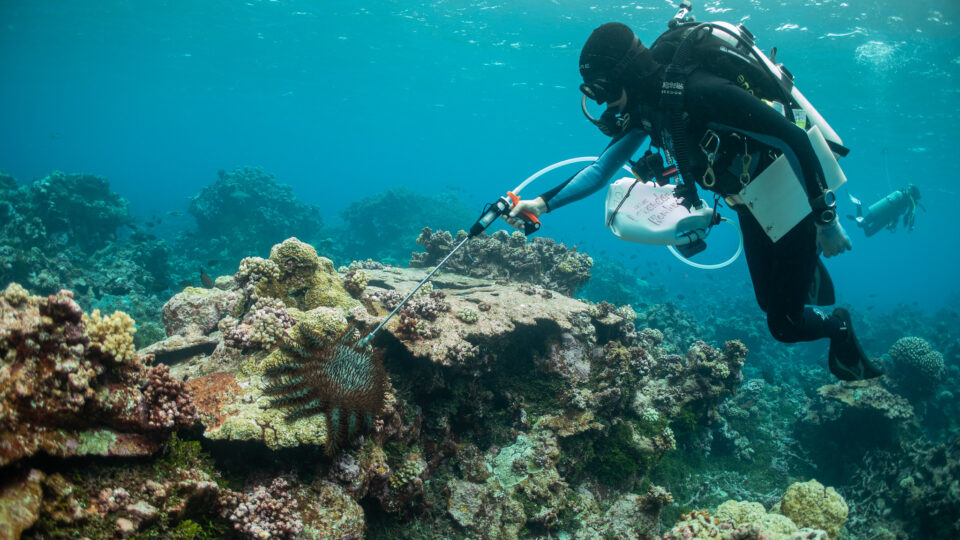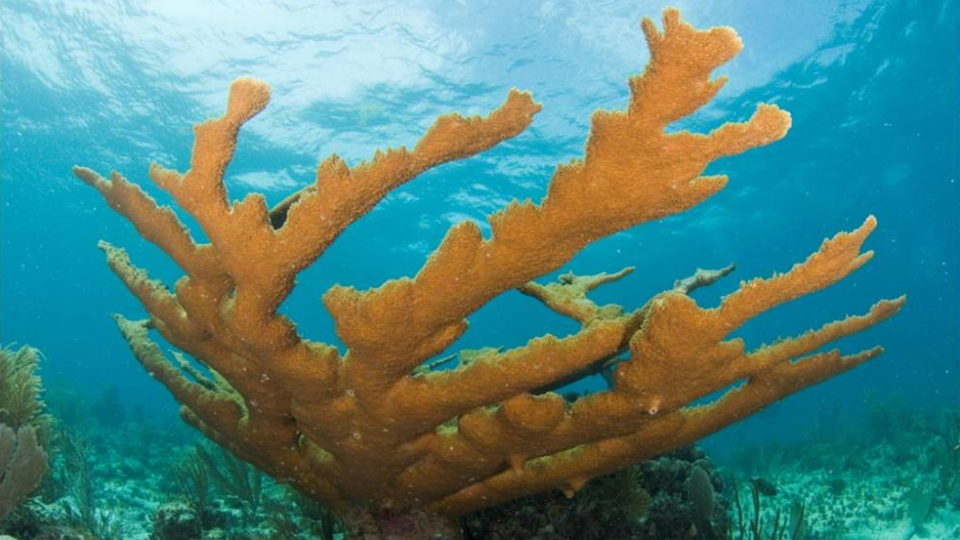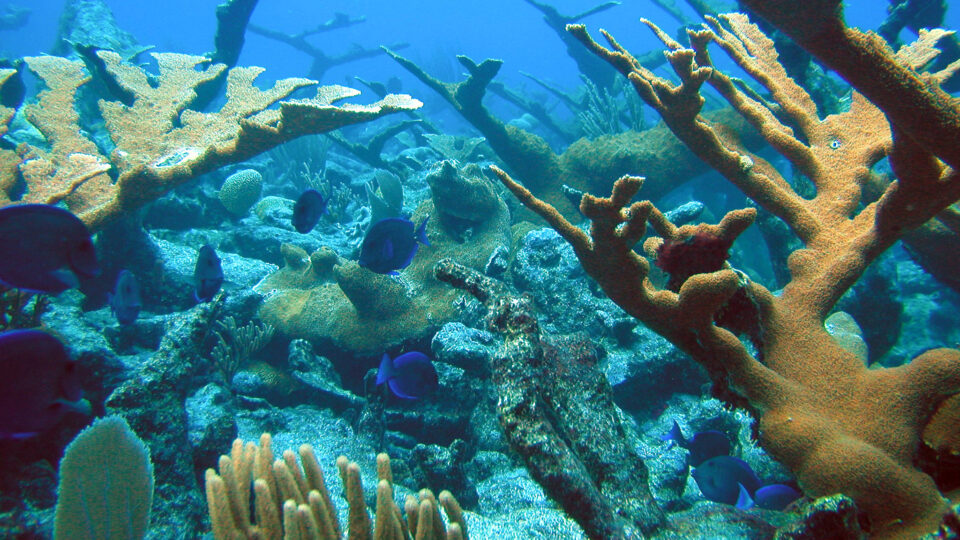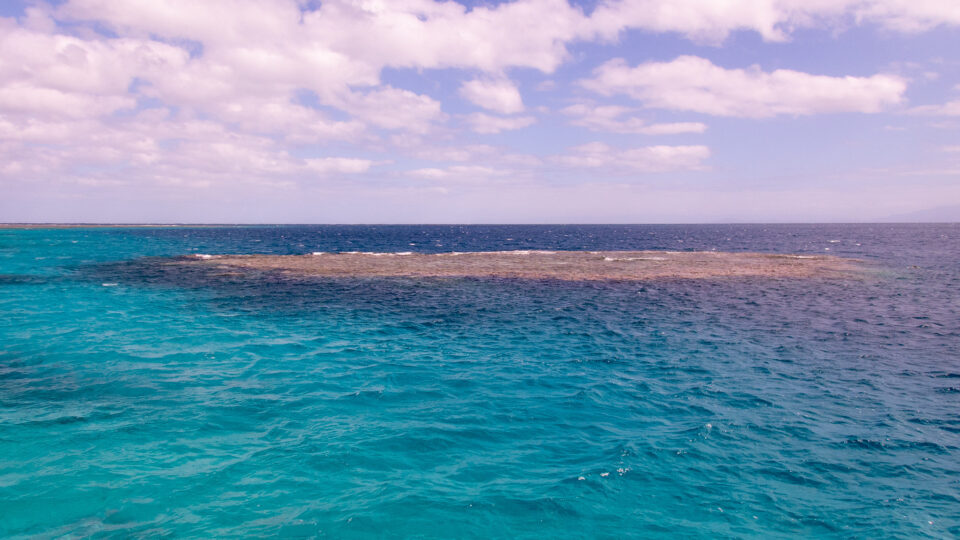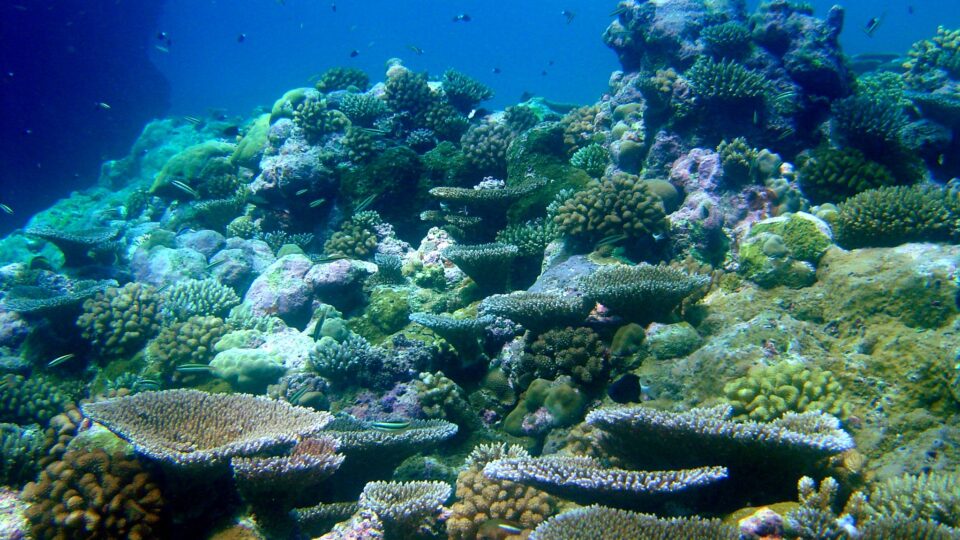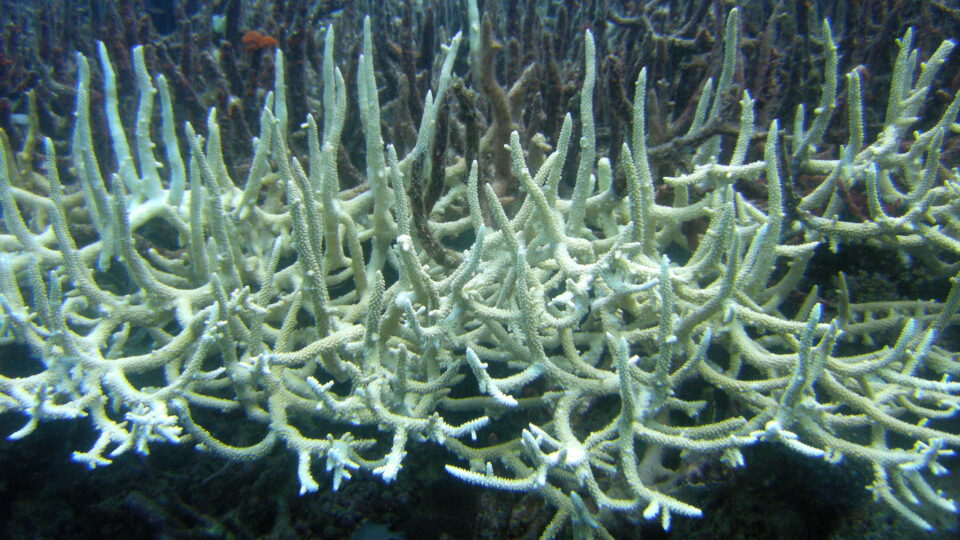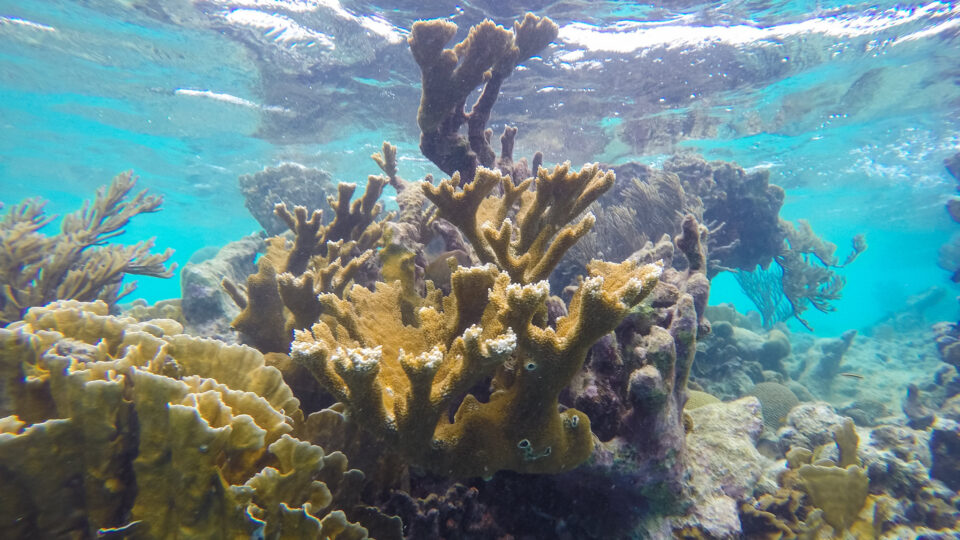A prolonged and widespread coral bleaching event in Australia’s Great Barrier Reef has taken place this year. It is the fifth such event over the past eight years and appears to be one of the worst ever. According to preliminary analysis, 97% of corals in some areas of the northern part of the reef died as a result of the bleaching. Over the entire length of the reef – which is more than 1,200 miles long – bleaching was observed on 74% of the more than 1,000 individual reefs that make up the Great Barrier Reef. Half of those observed recorded high or very high levels of bleaching, although less than 10% had extreme levels of bleaching.
Prior to this mass bleaching event, an extensive survey of the reef was conducted, and it provided some good news. Coral cover had increased in all three regions on the Great Barrier Reef and was actually at regional highs in two of the three regions. The surveys were completed before the passage of Tropic Cyclone Jasper in December 2023.
Bleached corals are very stressed, but they still remain alive for at least some period of time. Some types of corals can remain bleached for months, hanging on like a hospital patient in critical condition, but then recover. Depending upon water conditions going forward, it remains to be seen how much of the reef will survive the latest bleaching event. The next survey season by the Australian Institute of Marine Science will commence in September.
In many ways, the reef has had some lucky escapes in recent years. As marine heatwaves become increasingly common, its luck may eventually run out.
**********
Web Links
Photo, posted 8, 2023, courtesy of Chris Hoare via Flickr.
Earth Wise is a production of WAMC Northeast Public Radio
